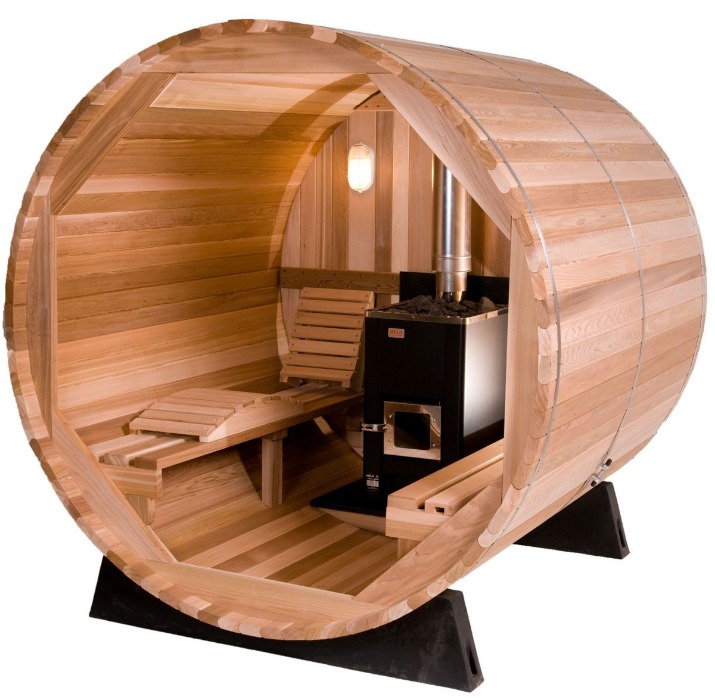
Cold Plunge Therapy and Sauna: How Long and What Temperature?
Note that the time for the sauna experience includes the time you spend in the changing room on arrival and departure. How much it costs to operate a 2-person sauna is contingent on factors such as the heater’s size and wattage, as well as the local cost of power. Costs to operate a 2-person sauna typically range from $25 to $50 per month.
Read more about Outdoor sauna here. The most important decision to make when planning to build a home sauna is whether it should be located indoors or outdoors. An indoor sauna can be built in a closet, basement, or bathroom if the proper precautions are taken. Since the structure, electricity, and ease of access are already in place, building an indoor sauna can be an attractive option. Building a sauna can be time-consuming, but is not technically difficult.
Should everyone just jump right in and enjoy the benefits of a sauna?
Infrared heat provides all the healthy benefits of natural sunlight without any of the dangerous effects of solar radiation. Today, many healthcare professionals use infrared heaters to treat a variety of diseases throughout the world.
Electrically-Heated Sauna
Lymph is a fluid that surrounds every cell in your body and helps carry off the cell’s waste. Simply, use a ladle to drizzle cool water onto the hot rocks — best with sauna oil like eucalyptus. At home, I enjoy a 5’x7′ outdoor sauna with a Polar HNVR 80SC Sauna Heater with PSC External Controls and a far infrared light box, shown at right. Increased blood flow during Sauna sessions brings nutrients to the skin surface, improving skin health, tone, and texture. Always sit or lie on a clean towel to enhance personal hygiene and protect the Sauna’s wooden benches.
With the Industrial Revolution, the practice changed significantly. Saunas started to incorporate a metal woodstove with a chimney. That’s when temperatures really got steaming, reaching 75–100 °C (167–212 °F). As trains became a thing, people also started to move around — and so did Finns. By that point, sauna was mostly a Finnish and Baltic endeavor, but they took it with them in Europe, and further. Sauna became very popular especially in Scandinavia and the German speaking regions of Europe after the Second World War.
Of course, it doesn’t work so well, since it’s hotter in the sauna than it is in your body. If you experience a headache, dizziness, or nausea while sitting inside the sauna, you will know that something is wrong. Take it seriously, and don’t hesitate to leave it right away. Basically, such high temperatures are not comfortable for everybody, especially for a more extended period. Still, it is not safe, especially for novices or people enjoying the sauna for more extended periods. If you feel that the temperature is too high, you can set it to an acceptable temperature.


